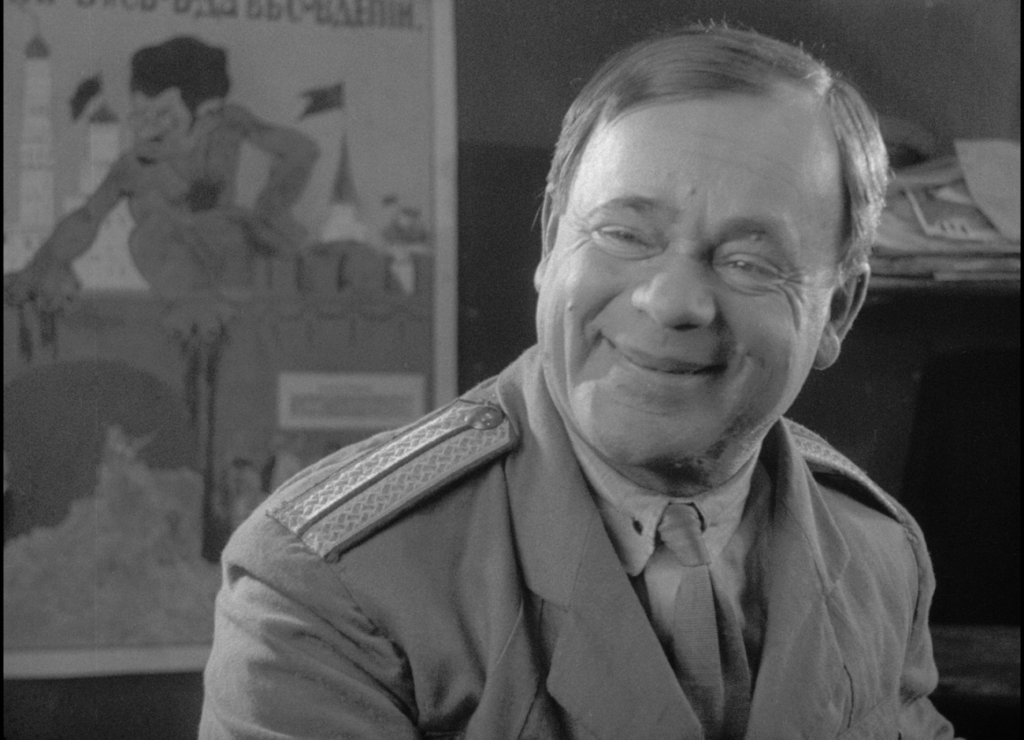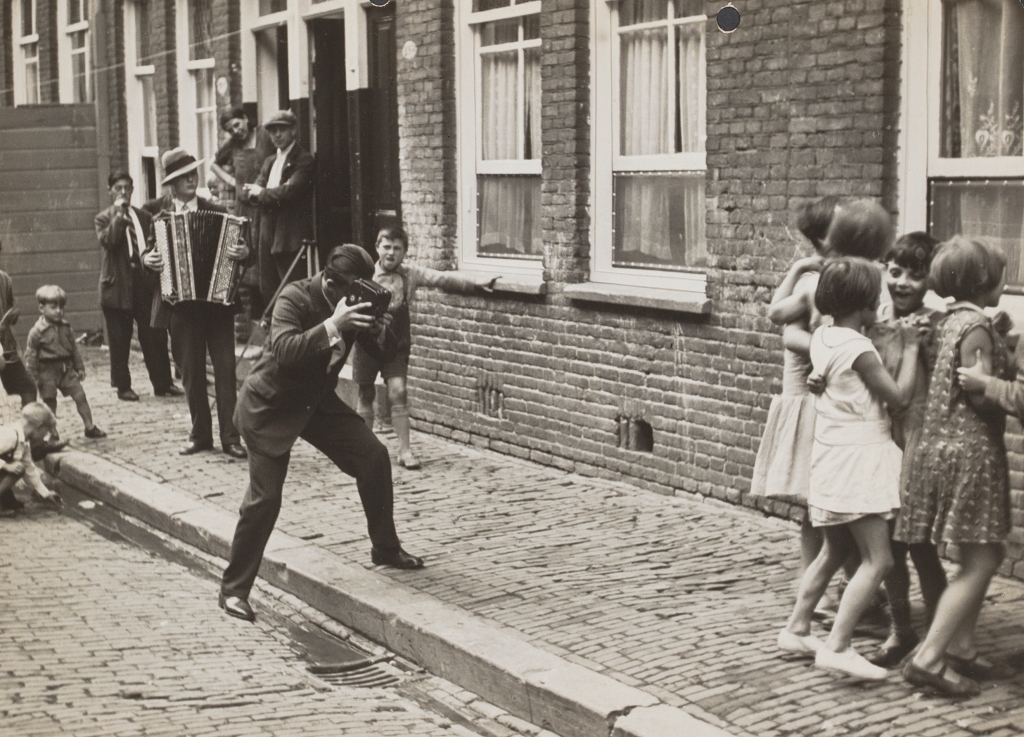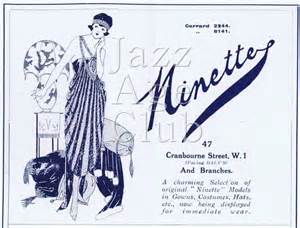This film was part of the programme ‘Second Utopia: 1934 – The Golden Age of Soviet Sound film’ at Il Cinema Ritrovato 32 edition . The Catalogue introduction did not explain the use of ‘Utopia’ but did offer the following;
“1934 was the first year of relative political freedom in the USSR and, consequently, a year of perfect harmony in the Soviet film history. Film-makers seemed to have finally obtained a balance between high artistic standards, the box office and the authorities.”
The quotation is possibly correct about the competing factors in film-makers. And 1934 was a year which saw a large number of films using sound effectively. As in China and Japan the switch to sound films came later than in the advanced capitalist countries in the west; silent films were produced right through the 1930s and silent versions of sound films were made as well. When sound installation arrived it appeared in the cinemas in major urban areas but more slowly in rural areas. Against that is the increasing influence of what was known as ‘Soviet Socialist realism’: a form that Jean-Luc Godard rightly dubbed a part of the ‘Hollywood-Mosfilm axis’. Such ‘realism’ relied predominately on continuity editing, linear narratives and key leading characters with a rounded psychology. However, not all Soviet films suffered from this conventionality. The Great Consoler (Velikii utesshitel, 1933) directed by Lev Kuleshov from a novel by O. Henry used somewhat primitive sound imaginatively and offered an eccentric narrative. Dziga Vertov’s Three Songs of Lenin (Tri psni o Leninye, 1934), [not in the programme], was produced in both silent and sound versions, and utilised the notable montage found in Vertov’s earlier films. Alexander Nevsky (Aleksandr Nevskiy,1938) may have offered some of the traits of ‘socialist realism’ with its linear narrative and key leading characters but at the best moments in the film Sergei Eisenstein [the director] uses many of his varied ‘montage techniques’.
Happily this work, scripted and directed by Grigorij Kozincev and Leonid Trauberg, has as much eccentricity as in their FEKS (Fabrika Ekstsentricheskogo Aktera) films. The film was the first part of a trilogy following the career of a young militant who joins the Russian Social Democratic Workers’ Party [Bolsheviks] , his political development and his involvement in the proletarian struggles against the Tsarist autocracy.
The film opens with a prologue set in 1910 on New Year’s Eve and the film is introduced by the celebrations. At the same time revolutionaries are continuing their struggle whilst pursued by the Tsarist police. Here we meet two key characters, both at this stage unnamed; Polivanov (Michail Tarchanov), a leading revolutionary with several aliases; and Nataša/Natasha (Valentina Kibardina), a younger woman comrade.
With the main plot line we meet three comrades, Andrej (Aleksandr Kulakov), Dëma/Dyomo (Stepan Kajukov), and Maksima/Maxim (Boris Čirkov). The three live in a quarter of Petersburg and work in a nearby metal factory. Despite workers’ complaints the safety standards are lax and Andrej is injured at a machine and subsequently dies. Following another accident there is a large demonstration by the factory workers. Set upon by the police both Maxim and Dyomo are arrested. Later Dyomo is executed along with four other agitators. Maxim is imprisoned with Polivanov who begins his education in revolutionary theory and practice. A title informs the viewers that Maxim ‘went to University’.
Maxim receives a banning order covering major cities and urban centres. We next see him fishing on the bank of a river. In fact he is a lookout for a Bolshevik meeting in the woods. But the meeting is raided by police and soldiers. Polivanov, who leads the meeting and starts by reading a letter from Lenin, is wounded in the chase. But Maxim escapes and is hidden by railway workers. Later her rives at Natasha’s house where she is passing as an innocent young woman. With another comrade they prepare a leaflet. Maxim takes over the dictation of the leaflet, a demonstration that he has developed into a leading Bolshevik comrade. A following title informs the viewers
‘That is how Maxim’s youth finished’.
An epilogue follows and we see Maxim and Natasha hand-in-hand. Then he leaves on party work, striding out across an open landscape. The following two films in the trilogy, The Return of Maxim (Vozvrashcheniye Maksima, 1937) and New Horizons (Vyborgskaya storona, 1939), follow the later career of Maxim.
The film is an impressive tour de force though the style is uneven. The film displays the limitation of dealing with early sound. The sequences with extended dialogue are clearly shot in a studio with a fairly static camera and a pedestrian feel. This contrasts greatly with the other sequences of the film. There are numerous sequences shot on location, mainly in Leningrad. The prologue opens with a dazzling race by citizens celebrating New Year’s Eve and racing through the snow in horse drawn sledges. Several exhilarating tracks are followed by side on pans and the wholes sequence invokes a dynamic sense. The accompanying music, easily recognisable as by Shostakovich, adds to the air of exhilaration.
Other location work also opens up the film. There are sequences set in a factory which have the visual feel found in the classic silent films. There is an impressive open-air sequence for the funeral of Andrej. And following this there is the workers’ demonstration and the attack on this by mounted soldiers. This is an action packed sequence with real élan.
Not all the studio sequences have a static feel. There are a number of evening and night-time exteriors with a strong stylised lighting which offer an expressionist feel. And the location work and the studio sets are intercut for most of the film very effectively. For the majority of the film the muscular accompaniment is played on an accordion. This moves in and out of the diegesis. When diegetic the musician is part of the on-screen action and one could suppose that this might apply to all the accordion music in the film. And the characters break into song at several points in the narrative.
So this is an extremely well made film. Much of the style recalls the great work in Trauberg and Kozincev’s silent films, notably The New Babylon (Novyy Vavilon , 1929). The cinematography by Andrej Moskvin is finely done. And this applies equally to the editing by Anna Ruzanova and the Design by Egenij Enej.
Trauberg and Kozincev’s script strikes a happy balance between the more avant-garde approach found in Soviet montage and the more conventional narratives that follow from ‘socialist realism’. Thus we have a linear narrative, but one which frequently slides away from the main plot line. Apart from the notable style in exteriors and some of the studio work we get sequences such as the when Maxim is photograph and measured by the prison authorities. The partly grotesque style imposed on Maxim recalls the eccentricity of FEKS from the 1920s.
It is also there in the catheterisation; M\maxim is played by Boris Čirkov who is something of a comedian. He brings a youthful jollity to his role which is shared by his two companions early in the film and later by Valentina Kibardina as Natasha. The Catalogue suggests that
“The revolutionaries aren’t half as memorable as the policemen, stool-pigeon, prostitutes, jail guards”
Not exactly true but some of the more pedestrian scenes are those that present the political values upheld by the revolutionaries in the film. But overall the young Bolsheviks come across not just as heroes but recognisably sympathetic characters. Whilst the minor reactionary characters are interesting those from the upper echelons of the oppressing classes are rather like the villainous figures of the silent era.
The programme also included other films from 1934 including Čapaev (Chapaiev, 1934) which was a great success. The Catalogue notes
“Junost’ Maksima came out just a few months after Čapaev. The film was very popular. But not quite as much as Čapaev. It was argued ,many time that, had it been released earlier, Junost’ Maksima would have gained firs place… Junost’ Maksima ended up being a complex, aesthetically challenging oeuvre. Too complex and challenging to reach the popularity of Čapaev.”
The last point is probably true but the fact that it was popular suggests a more complex interaction between films, audience, form and content that the debate on ‘socialist realism’ often suggests.































